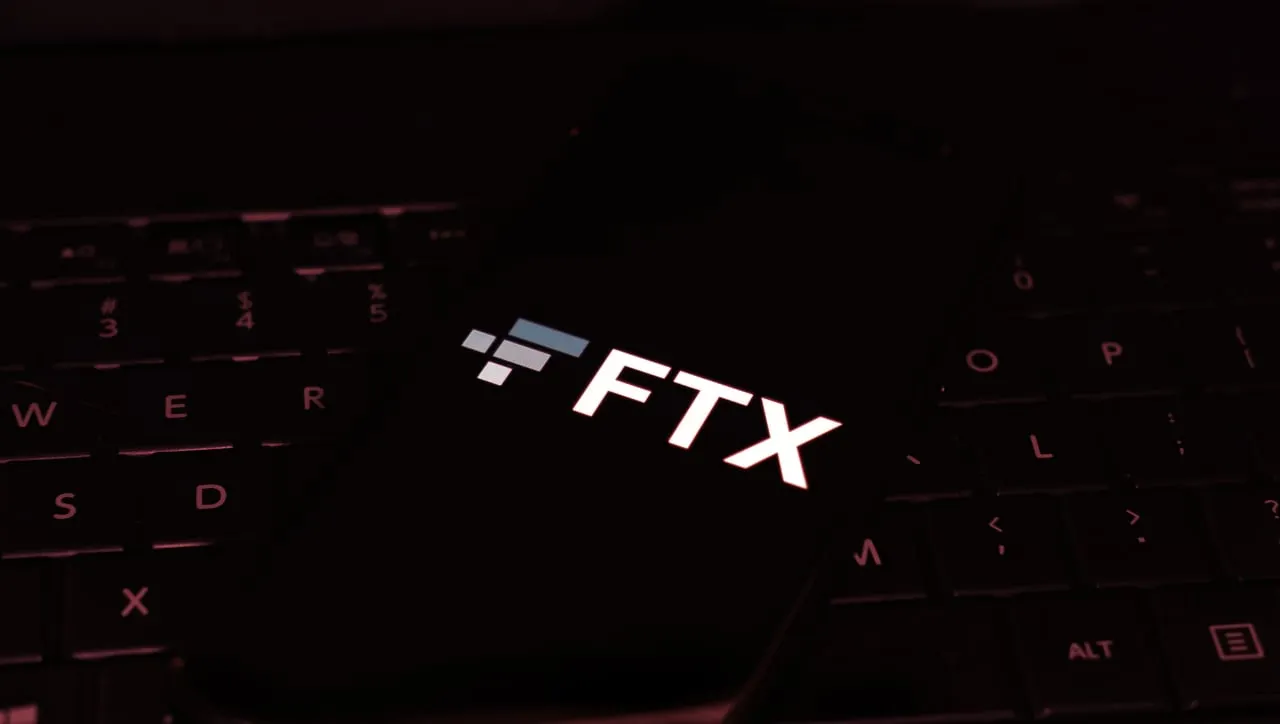Delaware bankruptcy court Judge John T. Dorsey on Monday signed an order approving the dismissal of FTX’s Turkish entities from the collapsed exchange’s U.S. bankruptcy proceedings.
The order was signed in response to a request made by FTX last month, arguing that the Turkish entities should be dismissed, as including them is “not strategic” and will result in “a waste of scarce resources.”
In a January filing, FTX said there’s “no reason to believe that the Turkish government will comply with this court’s orders,” which means the company won’t be able “to exercise sufficient control” over the Turkish entities to comply with its obligations under the bankruptcy code.
FTX's Turkish subsidiary, FTX Turkey, is 80% owned by FTX Trading Ltd. and 20% owned by SNG Investments, an indirect wholly-owned subsidiary of Alameda Research LLC, FTX’s sister trading firm.
Turkish citizens have already begun private claims against the subsidiary, the filing said, adding that local authorities may use the seized assets to satisfy any judgments by Turkish courts.
Authorities in the country began probing the activities of the local subsidiary as the liquidity crisis began unfolding last November.
Within days, Turkey’s Financial Crimes Investigation Board had seized the assets of the local subsidiary and its affiliates and opened an inquiry into claims of fraud by former CEO Samuel Bankman-Fried.
Bankman-Fried is currently on trial in the U.S. facing eight charges, including wire fraud and conspiracy to commit money laundering.
Sam Bankman-Fried in the dock
Given the number of charges, and the scale of losses for FTX’s creditors, along with well over a hundred affiliated companies, the disgraced thirty-year-old former CEO could face over 130 years in prison if found guilty on all fronts.
He has entered a plead not guilty before a federal court in New York; Judge Lewis A. Kaplan has set a trial date for 2 October.
The exchange is currently being shepherded through its historic bankruptcy case by its new CEO, bankruptcy lawyer John J. Ray III.
The lawyer is most famous for his role as chairman of Enron Creditors Recovery Corp., a company that returned $828.9 million to Enron’s creditors. At the time, the energy company was the largest bankruptcy by assets in U.S. history.

